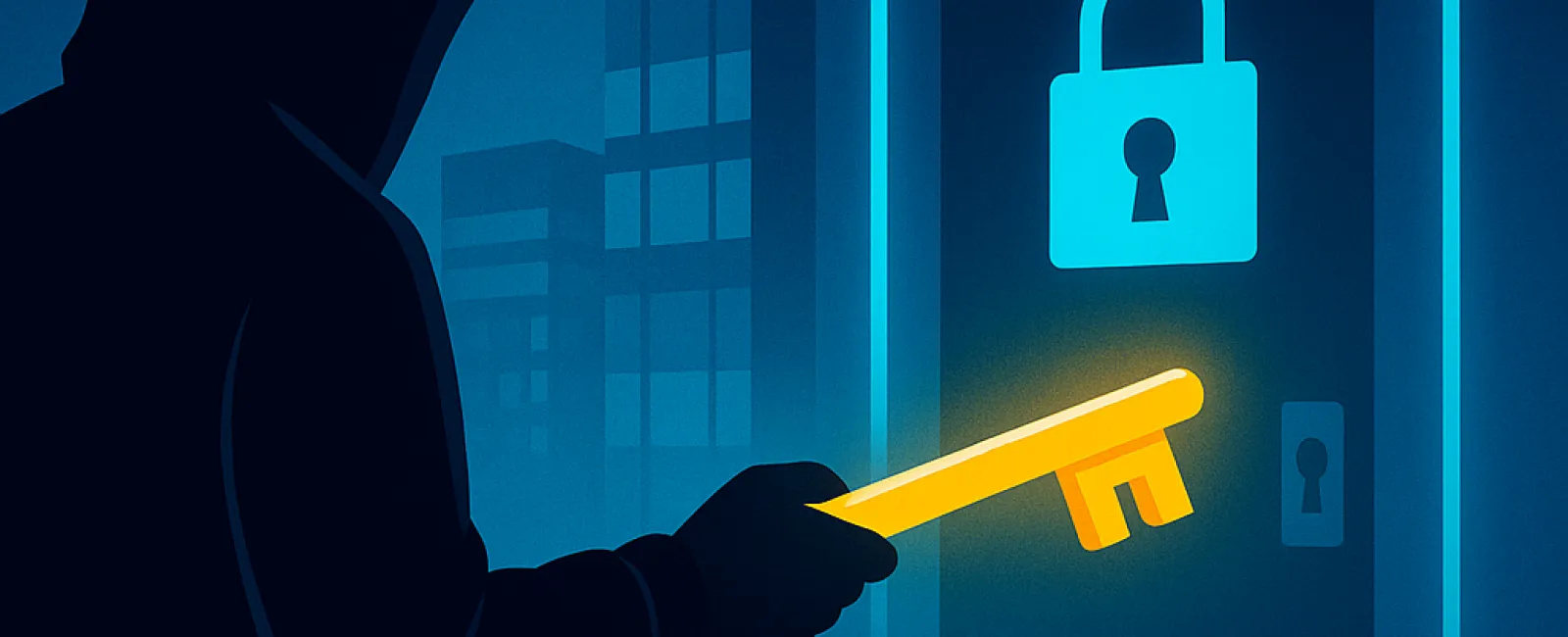August 04, 2025
Cybercriminals have evolved their tactics for targeting small businesses. Instead of forceful break-ins, they now gain entry by stealing your most valuable asset: your login credentials.
This method, known as identity-based attacks, has surged to become the leading way hackers infiltrate systems. They steal passwords, deceive employees with phishing emails, or bombard users with login attempts until someone unwittingly grants access. Sadly, these strategies are proving highly effective.
Recent data reveals that 67% of major cybersecurity incidents in 2024 stem from compromised login details. Even industry giants like MGM and Caesars suffered such breaches the year prior—highlighting that no business, big or small, is immune.
How Are Hackers Breaching Your Defenses?
While many attacks begin with something as simple as a stolen password, hackers are using increasingly sophisticated techniques:
· Phony emails and counterfeit login pages trick employees into surrendering their credentials.
· SIM swapping enables thieves to intercept text messages used for two-factor authentication (2FA).
· Multi-factor authentication (MFA) fatigue attacks flood your device with approval requests until someone inadvertently accepts.
Attackers also exploit vulnerabilities in personal employee devices and third-party vendors such as help desks or call centers to gain unauthorized access.
Essential Steps to Secure Your Business
Fortunately, protecting your business doesn't require advanced technical skills. Implementing a few key measures can significantly strengthen your defenses:
1. Enable Multifactor Authentication (MFA)
Add an extra layer of security during login by activating MFA. Opt for app-based or security key authentication instead of less secure text message codes.
2. Educate Your Team
Your security is only as strong as your employees' awareness. Train them to identify phishing attempts, suspicious emails, and how to report potential threats.
3. Restrict Access Privileges
Limit employee access strictly to necessary systems and data. This containment strategy minimizes damage if an account is compromised.
4. Adopt Strong Passwords or Passwordless Solutions
Encourage use of password managers or advanced authentication technologies like biometric logins and security keys that eliminate reliance on passwords.
Final Thoughts
Hackers relentlessly pursue your login credentials, constantly devising new ways to breach your defenses. Staying protected doesn't mean going it alone.
We're here to help you implement robust security measures that safeguard your business without complicating daily operations.
Ready to assess your business's vulnerability? Let's talk. Click here or give us a call at 781-837-0069 to book your 15-Minute Discovery Call.





